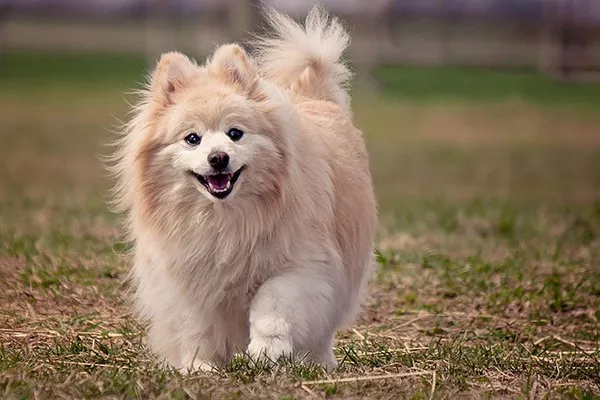Rottweilers are known for their loyalty, intelligence, and protective instincts, making them excellent family companions. However, some Rottweilers may exhibit food guarding behavior, where they become possessive and protective of their food bowl during mealtime. This behavior can be concerning and needs to be addressed to ensure a harmonious relationship between your Rottweiler and your family. In this article, we will discuss effective strategies for training a Rottweiler not to guard its food.
Understanding Food Guarding in Rottweilers
Food guarding, also known as resource guarding, is a behavior where a dog becomes defensive and protective over items it considers valuable, such as food, toys, or even a resting spot. In the context of food guarding, a Rottweiler may growl, bark, snap, or even bite if someone approaches its food bowl while eating. This behavior is a natural instinct in dogs, but it can be problematic if it becomes excessive or aggressive.
It’s important to note that food guarding can occur in any dog breed, and it’s not unique to Rottweilers. However, due to the Rottweiler’s protective nature, it’s essential to address food guarding behavior promptly and effectively.
Training Techniques for Food Guarding in Rottweilers
Training a Rottweiler not to guard its food requires patience, consistency, and positive reinforcement. Here are the steps and techniques to help you address this behavior:
1. Start with Basic Obedience Training:
Before addressing food guarding specifically, ensure your Rottweiler has a solid foundation in basic obedience commands like “sit,” “stay,” “leave it,” and “drop it.” These commands provide a framework for managing and modifying their behavior.
2. Recognize the Signs of Food Guarding:
Observe your Rottweiler’s behavior during mealtime. Look for signs of food guarding, such as stiff body posture, growling, lip lifting, or snapping. Understanding when and how your dog exhibits these behaviors is crucial for effective training.
3. Use the “Leave It” Command:
Teach your Rottweiler the “leave it” command, which can be a valuable tool in preventing food guarding incidents. Start by holding a treat in your closed hand. Allow your dog to sniff and try to get the treat while saying “leave it.” When they back away, reward them with a different treat. Practice this command regularly during training sessions.
4. Add Food to the Bowl Gradually:
During feeding time, start by placing an empty food bowl in its regular location. While your Rottweiler is eating, approach the bowl and drop a high-value treat (like a piece of cooked chicken or cheese) into it without taking away their food. This helps them associate your approach with something positive.
5. Gradual Desensitization:
Over time, gradually increase your involvement during mealtime. This means adding food to the bowl while your dog is eating, but without taking the food away. Continue to reward your dog with treats and praise for their calm behavior during this process.
6. Practice Food Exchange:
Once your Rottweiler is comfortable with your presence around their food bowl, you can start practicing food exchanges. Ask your dog to “leave it” or “drop it” when they are eating. In exchange, offer them an even better treat or a higher-value piece of food. This reinforces the idea that giving up food results in something better.
7. Work on Handling Exercises:
Incorporate handling exercises into your training routine. Gently touch your Rottweiler while they are eating and reward them for remaining calm. Gradually increase the level of handling to mimic situations like brushing or grooming.
8. Be Consistent:
Consistency is key in training. Make sure all family members and anyone who interacts with your Rottweiler follows the same training protocols to avoid confusion.
9. Seek Professional Help if Needed:
If your Rottweiler’s food guarding behavior is severe, aggressive, or doesn’t improve with training, consider seeking help from a professional dog trainer or behaviorist. They can provide tailored guidance and strategies to address the issue effectively.
10. Safety First:
Always prioritize safety when dealing with food guarding behavior. If you’re concerned about your safety or the safety of others, consult a professional trainer immediately.
Conclusion
Training a Rottweiler not to guard its food is a manageable process with the right techniques and patience. By focusing on positive reinforcement, consistency, and gradual desensitization, you can help your Rottweiler develop a more relaxed and accepting attitude towards food sharing. Remember that every dog is unique, and the training timeline may vary from one individual to another. Building trust and understanding between you and your Rottweiler is essential for a happy and harmonious relationship.
Recommended reading:

























